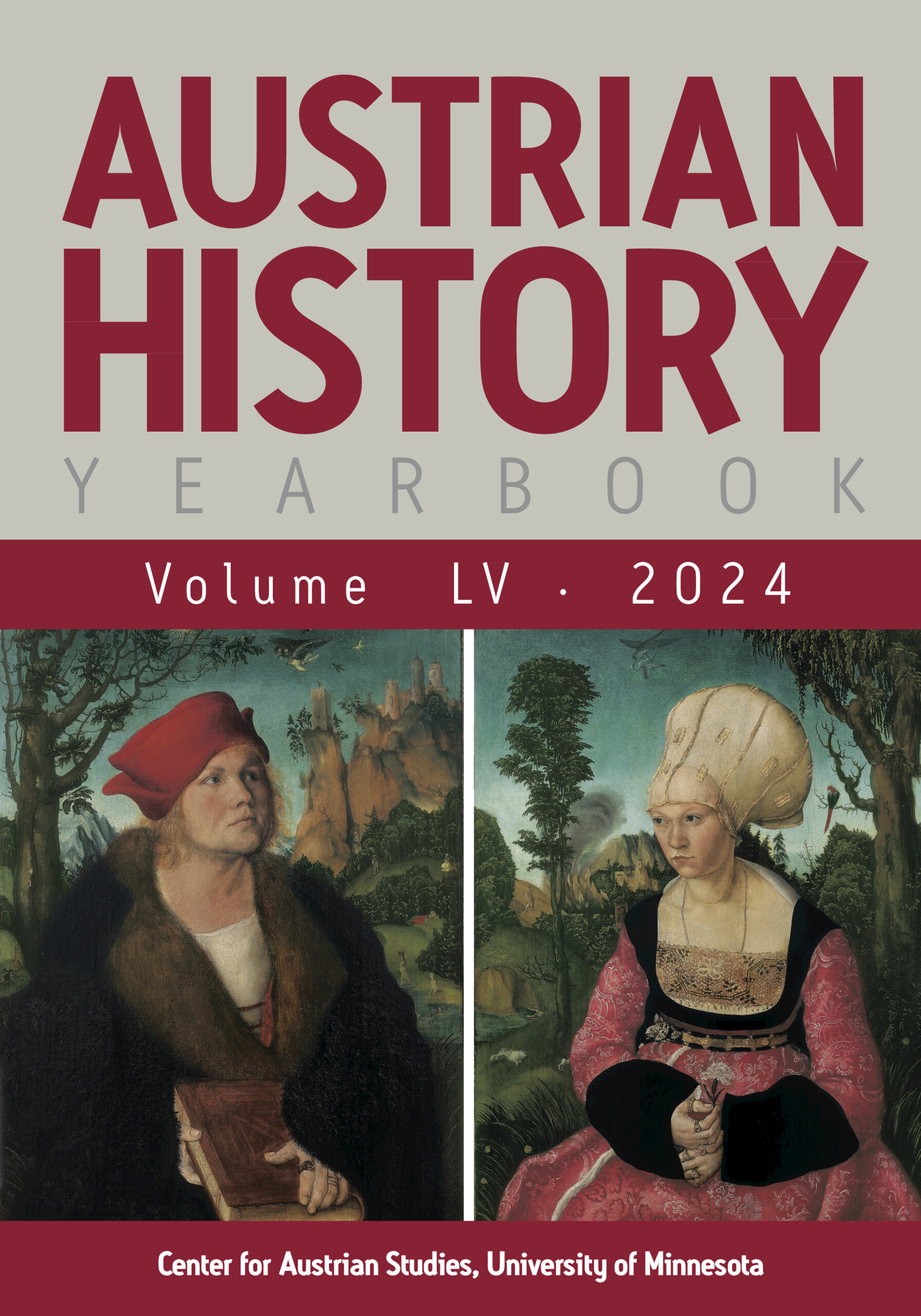The past few years have seen renewed engagement with the presence, meaning, and consequences of fear in modern German history. This scholarship has by and large contended that fear has had a generative and substantial role in German history beyond the Third Reich, and that collective fear is important to consider not only qua terror but also as an episodic phenomenon emerging as readily within a democratic context as within an authoritarian one. Thomas Kehoe and Michael Pickering have built upon and broadened this scholarship in their ambitious volume by arguing that real and imagined fear—of external or internal enemies representing an existential threat to German society and culture—has run like a red thread through German history since the seventeenth century.
The editors describe their volume as an investigation of the “interplay between universal human emotions and their contextualized expression” within the German-speaking world over a long durée (1). Their use of fear, in other words, is twofold. The first is methodological: as a lens through which to identify both trends and ruptures in German history, and thereby bring new perspective to well-trodden historiographic debates within the field. The second takes fear as an object of historical analysis, narrating fear's discursive construction and reconstruction across time. In this case, Germany is deployed as a kind of case study for a conceptual history of an emotion in premodern and modern Europe.
The essays, arranged in chronological order, have more circumscribed and varied goals. Most are microhistories. Some ask how fear can be manufactured and instrumentalized by regimes for political purposes. Kristen Cooper, for example, evaluates how jingoists in the Holy Roman Empire promulgated a fear of French cultural infiltration to garner support for their military campaign against Louis XIV. Jacob Berg and Richard Scully examine the SA's (Sturmabteilung) use of visual propaganda to foment fear among their opponents while presenting itself to the German population as a bulwark against Judeo-Bolshevism, among other perceived threats. Other essays interpret how regimes participated in and responded to mass fear: fear of vampires (Michael Pickering), fear of gypsies (Charissa Kurda), fear of displaced persons in postwar Germany (Thomas Kehoe), and fear of Germany's international reputation after 1945 (Pierre-Frédéric Weber). Others explicate how discourses of fear emerged and were expressed in a given context. These include Dennis Frey's exploration of Ernst Jacob Vayhinger's “supernatural experience in der Wald” as a manifestation of the eighteenth century's “flux, nuance, and complexity, especially when it came to the emotions among ordinary Swabians” (67); and Christoph Lorke's essay analyzing fears of poverty on either side of the Berlin Wall. The result is a rich and multifaceted collection of essays that reach only intermittent consensus about how and to what end fear in the German-speaking world might be studied.
As is often the case with works written within the “history of emotions” genre, the volume mostly deals in abstraction, with little attention to human voices, experiences, and subjectivity. This is, according to Kehoe and Pickering, because individual experiences of fear are largely inaccessible to the historian (4). Those who don't recognize this reduce emotions to “little more than a provocative heuristic that gives the past color but has little explanatory value.” Rather than trying to recover “obscured” experiences of fear, Kehoe and Pickering believe that it is an emotion's “socially emergent consequences and its impact on history [that] can be meaningfully studied” (4).
But in many cases, interrogating human experience not only is possible but also deepens and focuses an analysis. Indeed, Sebastian Huebel's reflection on Jewish men's experience of the early 1930s stands out among the most cogent essays in the volume. Drawing from diaries, memoirs, and correspondence, Huebel makes the original claim that
fear among German Jews, men and women, became an increasingly pervasive, omnipresent and more pronounced daily reality to live with over the course of the Third Reich. As a strategy to process, German-Jewish men hoped to suppress their fears in public, and allowed fears to surface only [sic] the private sphere, primarily at home, and often only through the use of diaries, arguably the most intimate space of human reflection. (186)
By grounding his analysis of fear in human experience, we get a multilayered and revealing narrative that accounts for how individuals made sense of their emotions—and not just for the discursive construction of fear—during the Third Reich.
Kehoe and Pickering conclude their volume by discussing the ways in which fear is “central to Germany's very recent history, shaping both political positions and policies in response to perceived popular sentiments, and conversely, have been cultivated by reactionary parties to win electoral support.” They argue that these discourses of fear are not new but are rather another consequence of the pervasiveness of fear in modern Germany. They cite the rise of the Alternative für Deutschland (AfD) and antiimmigrant sentiment in particular as expressions of “the same fear-guided narratives that have emerged repeatedly in the history of the German-speaking world” (277).
In the end, then, the volume seeks to make a kind of political intervention. Fear, it implies, is an entrenched political problem that not only explains violent episodes in the past but also in the present and future. Some may disagree with this position, but for many readers reflecting on the contemporary moment, this volume will seem a timely meditation on the underlying causes of our political discontent.


